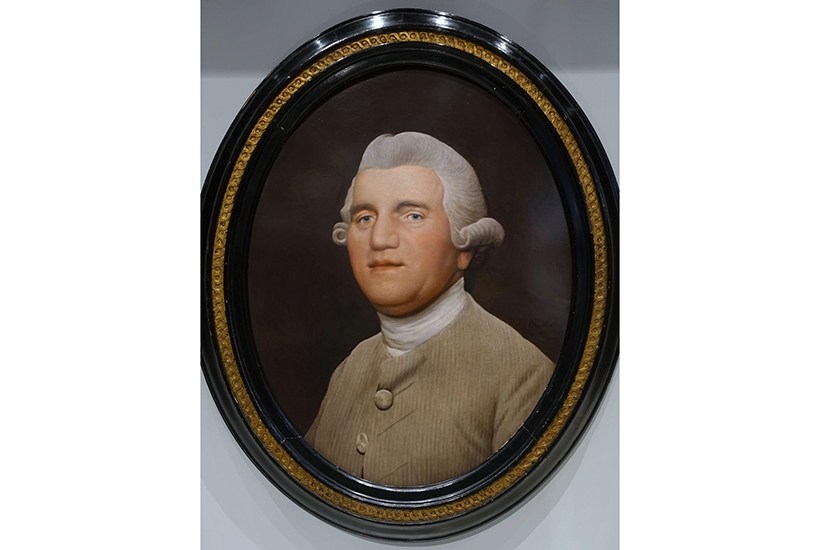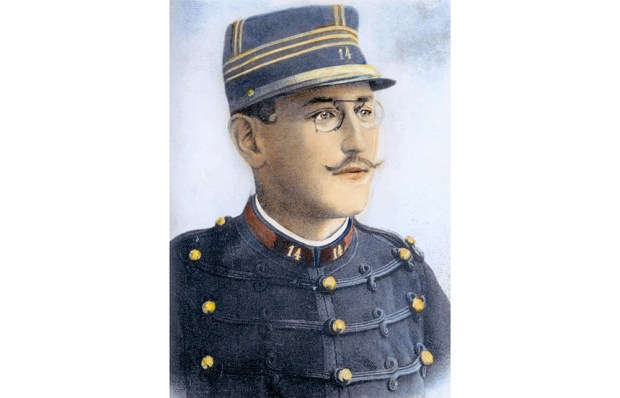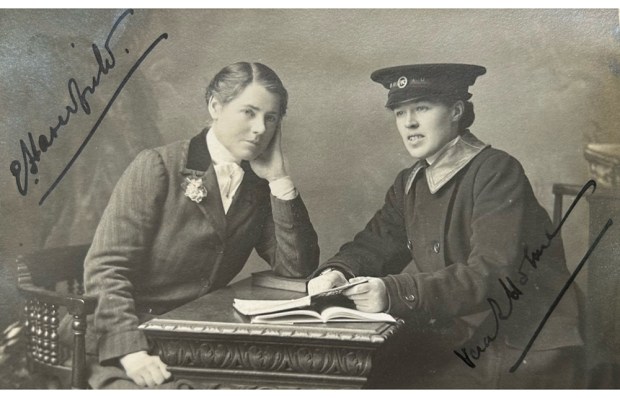No wonder Josiah Wedgwood, the 18th-century master potter, was a darling of the Victorians. From W.E. Gladstone to Samuel Smiles of Self-Help fame, they admired this industrious, inventive, uxorious and religious man as a harbinger of their own age.
It surely helped that his story, if not exactly one of rags to riches, was certainly a tale of triumph over adversity. His biggest obstacle was one he did his best to conceal from a carefully constructed public image. Though Joshua Reynolds painted his portrait and George Stubbs did a family study showing Josiah, his wife Sarah and their seven children in the grounds of his country house, Etruria Hall, neither likeness hinted that Wedgwood had a wooden leg.
His lower right leg was removed without anaesthetic on what he cheerfully christened ‘St Amputation Day’ in 1768, when he was 38, following complications after a carriage accident. But it had hobbled him for much longer, since a bout of smallpox at the age of 12. That, as Tristram Hunt explains in his impassioned, wide-ranging biography, put an end to Josiah Wedgwood as a hands-on potter, despite the early promise that he had shown in the art: ‘Crucially, this disability would prevent him from operating the foot pedal on the potter’s wheel. Smallpox meant that the 12-year-old Wedgwood could never be a thrower.’
It would be tempting to say that art’s loss was commerce’s gain; but Hunt shows that Wedgwood’s pioneering career as manufacturer, marketing savant and scientific innovator never strayed far from a conviction that what his kilns produced was art, even if, as the business thrived, it was divided between its ‘useful’ and ‘ornamental’ sides. From that moment, Wedgwood concentrated on the ornamental, leaving the other side of the business in his cousin Thomas’s care, who ever after was known as ‘Useful’ Thomas Wedgwood.
Hunt sets out Wedgwood’s rise, from early promise as an apprentice with his elder brother (another Thomas) in his native Burslem, Staffordshire, to his setting up on his own. He shows how, unlike his forebears, including those in his own family, Josiah was willing to experiment, to take risks, in order to create new models and find new customers. His earliest successes were very far from the restrained neo-classical motifs with which he is still associated today. Hunt — the director of the Victoria & Albert Museum, which not only holds dozens of fine examples of Wedgwood’s work but also now owns the Wedgwood Museum in Stoke-on-Trent after a campaign to save it in which, as the local MP, he took a leading role — can call on early examples from his galleries of teapots shaped as cauliflowers or tea canisters as pineapples.
Although those works, with their green and yellow glazes, were popular with the middling sort, Wedgwood set his social sights higher from the start. His first great triumph was as much one of marketing as of technique, when his success in tempting aristocratic customers to buy his new creamware was crowned by ‘an order from St James’s for a service of Staffordshire ware’ from the royal household of Queen Charlotte, consort of George III. The delivery did not disappoint, and the consequence was that ‘Queensware’, as Wedgwood renamed it, became de rigueur in the grandest households. Later, there was an even more spectacular coup when Josiah was asked to create a vast dinner service for the Russian Empress Catherine the Great.
In all this high-toned company, it may be noted, there is not much sign of the ‘radical’ of Hunt’s title. While his innovations continued, principally the invention of jasperware, the pale blue which, with its white relief decoration, became his most well-known creation, his identification of aristocratic society as the key to commercial success kept his outlook mostly conservative. Admittedly, Wedgwood’s most famous contribution to a just cause was his manufacturing of the anti-slave-trade medallion featuring a generic African in chains, with the plaintive question ‘Am I Not a Man and a Brother?’ Although Hunt traces Wedgwood’s nonconformist background and the radical company he kept, in person and as a correspondent, this creation strikes the reader as an exception to his practice rather than the rule.
Not only did his pursuit of royal and aristocratic approbation hardly scream radicalism, he could scarcely fail to notice that one of the pillars of his success, the fashion for drinking tea sweetened with sugar, depended on the products of slavery. Hunt shows that Wedgwood avoided the practice of making commemorative dishes for slave traders’ voyages, but he never quite concedes that for his hero, business trumped political radicalism.
A more cynical biographer might argue that even the medallion was a response to a change in fashion, as the slave trade’s barbarism became more widely recognised. Similarly, the casting of a medallion to celebrate the French Revolution seems less of a radical act when we learn that Josiah’s son suggested that the figure of Liberty could easily be modelled on that of Hope ina medallion celebrating the colonisation of Botany Bay.
That may be unjust, considering Wedgwood didn’t make a penny from the anti-slave-trade medallions. But if Josiah was not always a radical, Hunt’s sympathetic, engaged and finely written biography makes it clear that he was a one-off, and a genius.
Got something to add? Join the discussion and comment below.
Get 10 issues for just $10
Subscribe to The Spectator Australia today for the next 10 magazine issues, plus full online access, for just $10.
You might disagree with half of it, but you’ll enjoy reading all of it. Try your first month for free, then just $2 a week for the remainder of your first year.














Comments
Don't miss out
Join the conversation with other Spectator Australia readers. Subscribe to leave a comment.
SUBSCRIBEAlready a subscriber? Log in